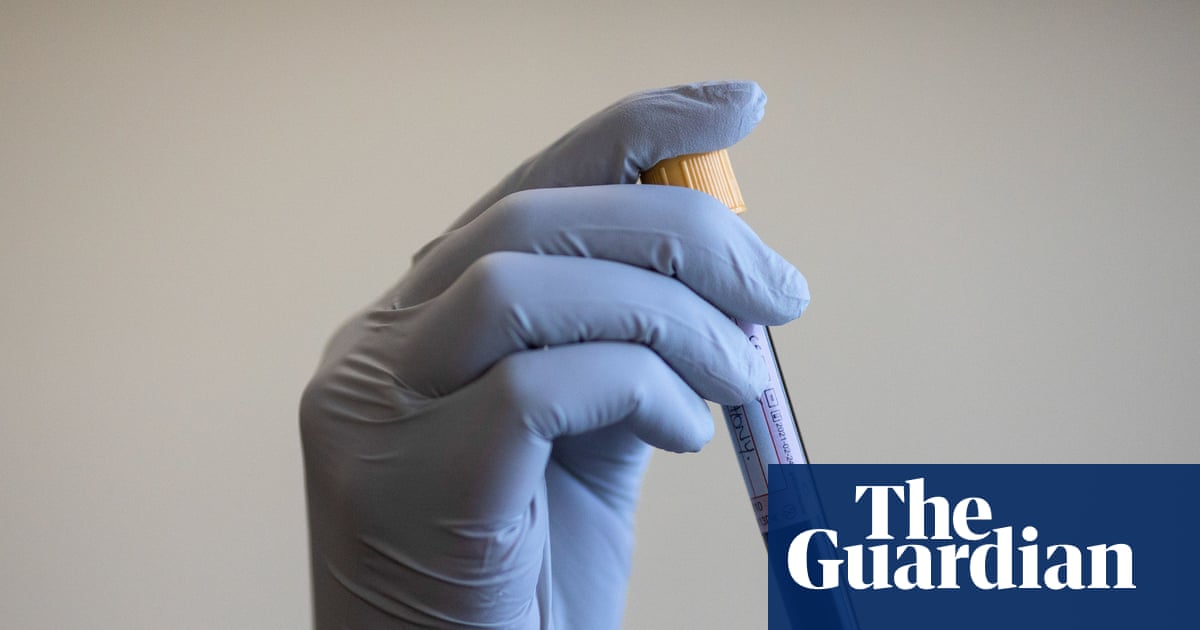Englewood Cliffs, N.J., – October 29, 2025 – Children and adults face challenges with focus and attention. This not only makes learning difficult but can seriously impact a person’s ability…
Author: admin
-

Teenage boys using ‘personalised’ AI for therapy and romance, survey finds | Artificial intelligence (AI)
The “hyper-personalised” nature of AI bots is drawing in teenage boys who now use them for therapy, companionship and relationships, according to research.
A survey of boys in secondary schools by Male Allies UK found that just over a third…
Continue Reading
-

Experts consider ‘targeted’ prostate cancer screening to reduce UK deaths | Health
Prostate cancer screening can reduce deaths by 13%, a study suggests.
Cancer screening experts are assessing whether the UK should introduce a screening programme for prostate cancer, with a decision expected before the end of the year.
The new…
Continue Reading
-

Samsung Powers Pearson’s Revibe Smartwatch-based Solution to Help Children and Adults with Focus and Attention Challenges – Samsung Mobile Press
Englewood Cliffs, N.J., – Oct. 29, 2025 – Children and adults face challenges with focus and attention. This not only makes learning difficult but can seriously impact a person’s ability to…
Continue Reading
-

Luke Bryan gushes over 18-year marriage to wife Caroline
Luke Bryan opens up about marriage to wife Caroline Luke Bryan gushed over his “amazing journey” with wife Caroline as the pair is still going strong after almost two decades of marriage.
The country singer recently…
Continue Reading
-
HIV/AIDS shock – Dawn
- HIV/AIDS shock Dawn
- 3,995 children in Sindh are HIV positive, minister told Dawn
- Over 600,000 Untrained Doctors Operating in Sindh, 40% Based in Karachi: Health Minister Briefed hrnww.com
- Sindh Announces Action Against Illegal Blood Banks
Continue Reading
-
Adapt or die – Dawn
- Adapt or die Dawn
- Govt to take business-led proposals to IMF The Express Tribune
- PM forms business-led elite working groups to overhaul policies Geo TV
- Steps Being Taken To Improve Exports, Economy: Kiyani UrduPoint
- Pakistan aims to lower…
Continue Reading
-
PAA to conduct emergency exercise at Islamabad airport today – Dawn
- PAA to conduct emergency exercise at Islamabad airport today Dawn
- Pakistan Airports Authority conducts full-scale emergency exercise at Islamabad International … The Nation (Pakistan )
- Islamabad Airport to Conduct Emergency Drills ProPakistani
Continue Reading
-
Pakistan urges respect for Gaza ceasefire – Dawn
- Pakistan urges respect for Gaza ceasefire Dawn
- Pakistan calls for cessation of Gaza ceasefire violations after Israeli strikes kill over 100 Dawn
- Qatar PM: Palestinian party violated ceasefire, Doha is pushing Hamas to acknowledge need to…
Continue Reading

